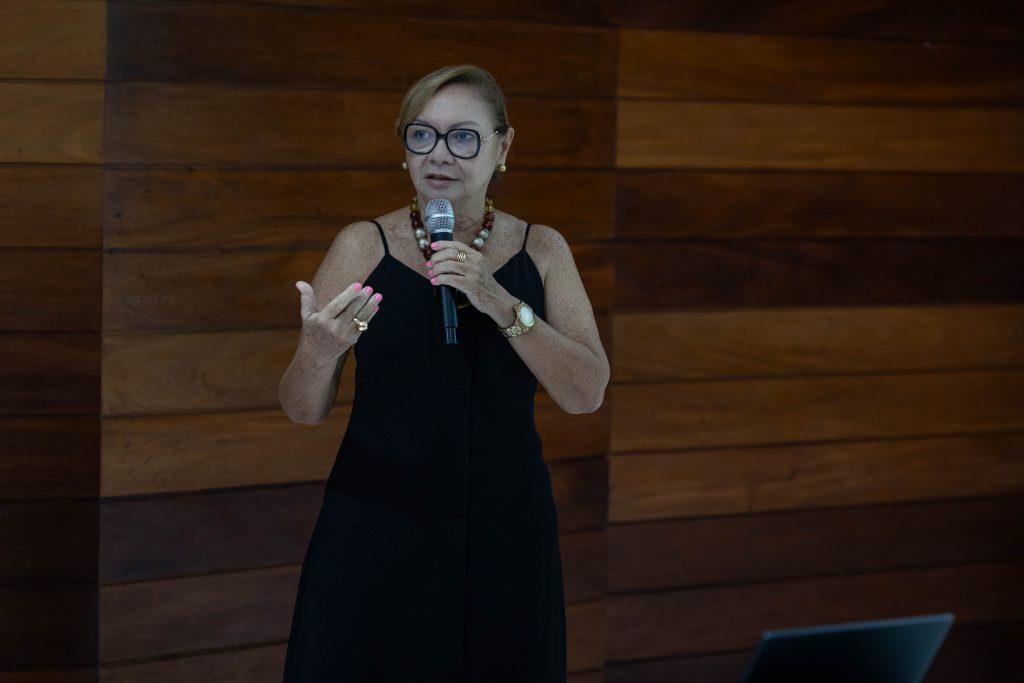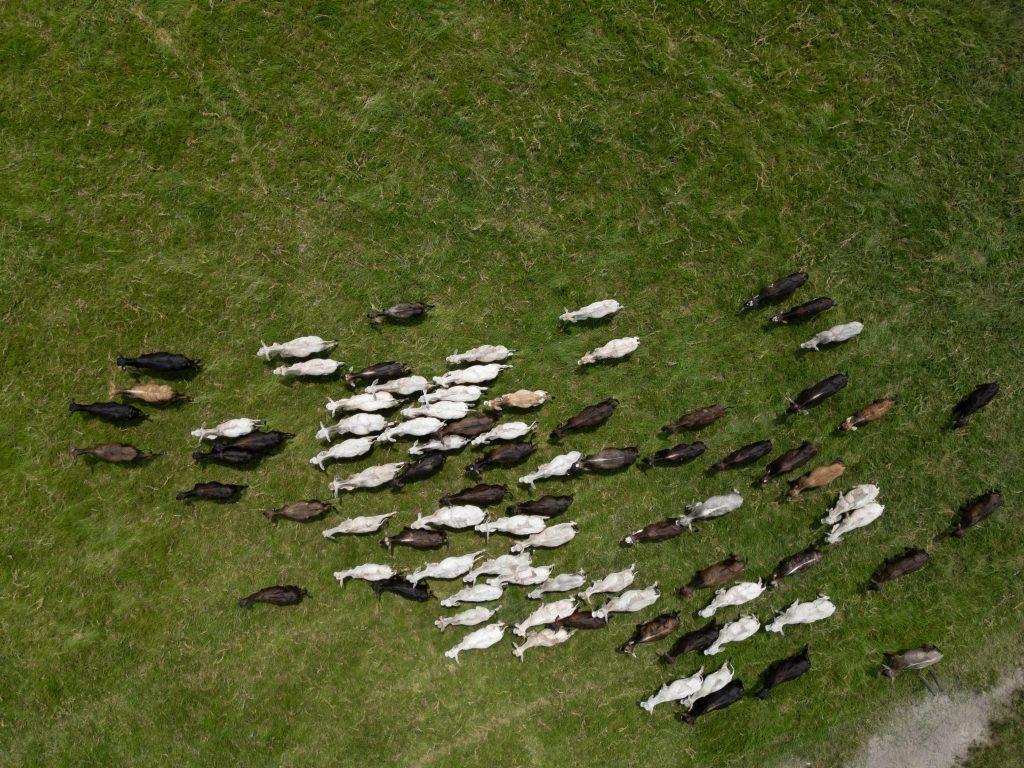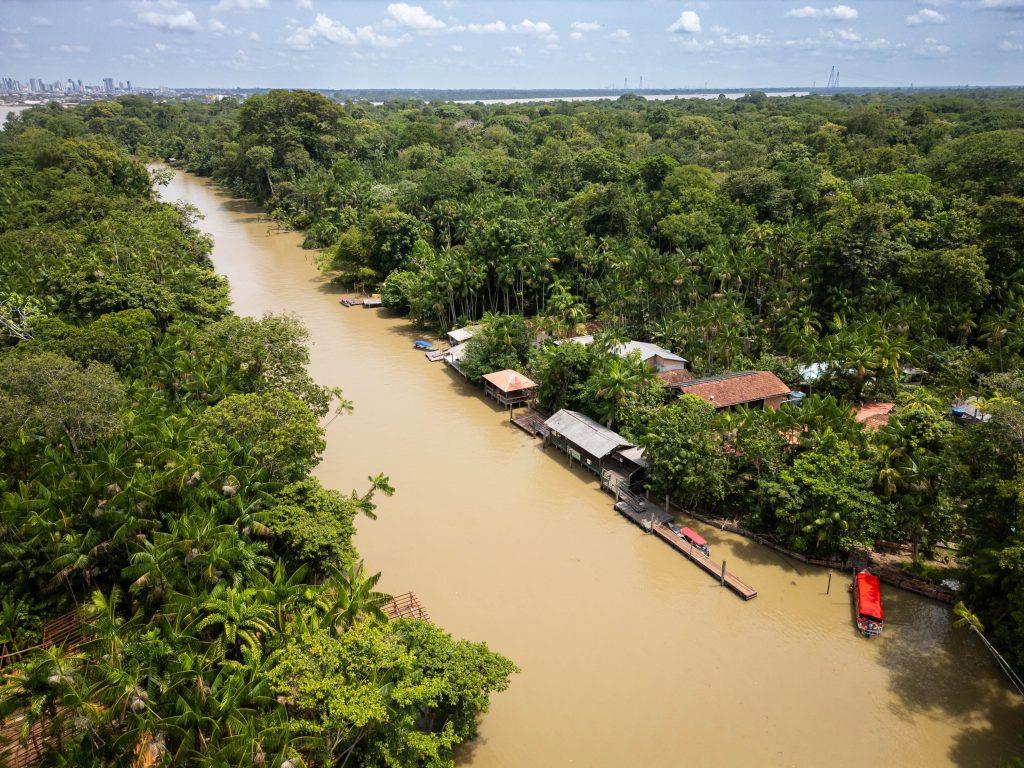
New Directions In COP30 Host Pará's Agriculture

Eliana Zacca lists sectors in which Pará is Brazil's top producer
Nearly all of Brazil's açaí comes from Pará-92.5%, or 1.6 million metric tons per year-along with almost half of the country's cocoa (137,400 tons, or 46% of the total) and virtually all of its palm oil (97%, or 3.1 million tons), according to data compiled by state agriculture federation FAEPA. These products can be found growing amid trees in Agroforestry Systems (AFs), which combine forest species with commercially grown crops on the same land.
“Pará is Brazil's leading producer of açaí, cocoa, palm oil, and cassava, and it has the largest buffalo herd, mostly concentrated in the Marajó Archipelago. It ranks second nationwide in cattle, horses, black pepper, and pineapple,” said economist Eliana Zacca, technical advisor to the FAEPA presidency, to journalists who visited the state ahead of COP30. The group toured an area where cupuaçu, cocoa, açaí, and palm oil crops coexist, and where chocolate is produced from forest-grown cocoa, among other sustainable initiatives, including projects on land that once consisted of degraded pastures.

Beef ranks among Pará's top agricultural export products
Despite the international success of Brazilian products like açaí and cocoa, Pará's foreign agribusiness revenue is largely driven by other sectors. The soybean complex, meats, and live animals account for 77.3% of the state's agricultural exports, according to data presented by Zacca. Soy and its derivatives generate 42% of the sector's export revenue, meats 21%, and live animals (excluding fish) 14%. In 2024, Pará's agribusiness earned USD 3.5 billion in export revenue, out of a total state export value of USD 23 billion.
Agribusiness is one of the pillars of Pará's economy. Last year, the state's gross agricultural production value reached BRL 38.5 billion [USD 7.1 billion], with BRL 23.6 billion [USD 4.4 billion] coming from crops and BRL 14.9 billion [USD 2.8 billion] from livestock. Pará has 25.5 million head of cattle-10.7% of Brazil's total-and 775,000 buffaloes, accounting for 43% of the national herd.“In 14 years, we've grown 15% in pasture area, while the (cattle) herd has increased about 45% in the same period. This means herd expansion is not coming from new land, but from productivity gains and greater production efficiency,” said Zacca.

Pará: Natural wealth, yet one of Brazil's lowest HDIs
The state's agribusiness producers are committed to showing that large-scale production can also coexist with conservation. Brazilian law requires that, in the Amazon biome, rural properties maintain 80% of their land as legal reserves-native vegetation without production-and refrain from altering permanent preservation areas, such as springs, hilltops, and similar sites. However, properties that were already in cultivation before July 22, 2008-when Brazil mapped its native vegetation-are subject to different percentage requirements.
One of the major challenges is generating income for the population within a forested environment. Pará is one of the Brazilian states with the lowest Human Development Index (HDI), ranking 24th in the country. HDI indicates quality of life, access to income, education, and healthcare. Despite the many projects emerging in Pará to promote production in harmony with the biome, a large portion of the population still cannot benefit from the state's natural wealth.“A standing forest also needs standing people-people with a voice, with work, with income, with education, and above all, with hope,” says Zacca.
As in other regions of Brazil, in Pará the National Rural Learning Service (Senar), linked to Brazil's agribusiness lobby, CNA, provides producers with support to bring more development and technology to the countryside, especially to smallholders. In Pará, more than 5,000 farmers receive assistance in açaí, cocoa, citrus, livestock, horticulture, dairy, honey, fish farming, beef cattle, and fruit cultivation. Senar works in partnership with state agricultural federations.
* The journalist traveled at the invitation of CNA
Translated by Guilherme Miranda
Wenderson Araujo/TriluxWenderson Araujo/TriluxWenderson Araujo/TriluxWenderson Araujo/TriluxThe post New directions in COP30 host Pará's agriculture appeared first on ANBA News Agency.
.jpg)
Legal Disclaimer:
MENAFN provides the
information “as is” without warranty of any kind. We do not accept
any responsibility or liability for the accuracy, content, images,
videos, licenses, completeness, legality, or reliability of the information
contained in this article. If you have any complaints or copyright
issues related to this article, kindly contact the provider above.

















Comments
No comment